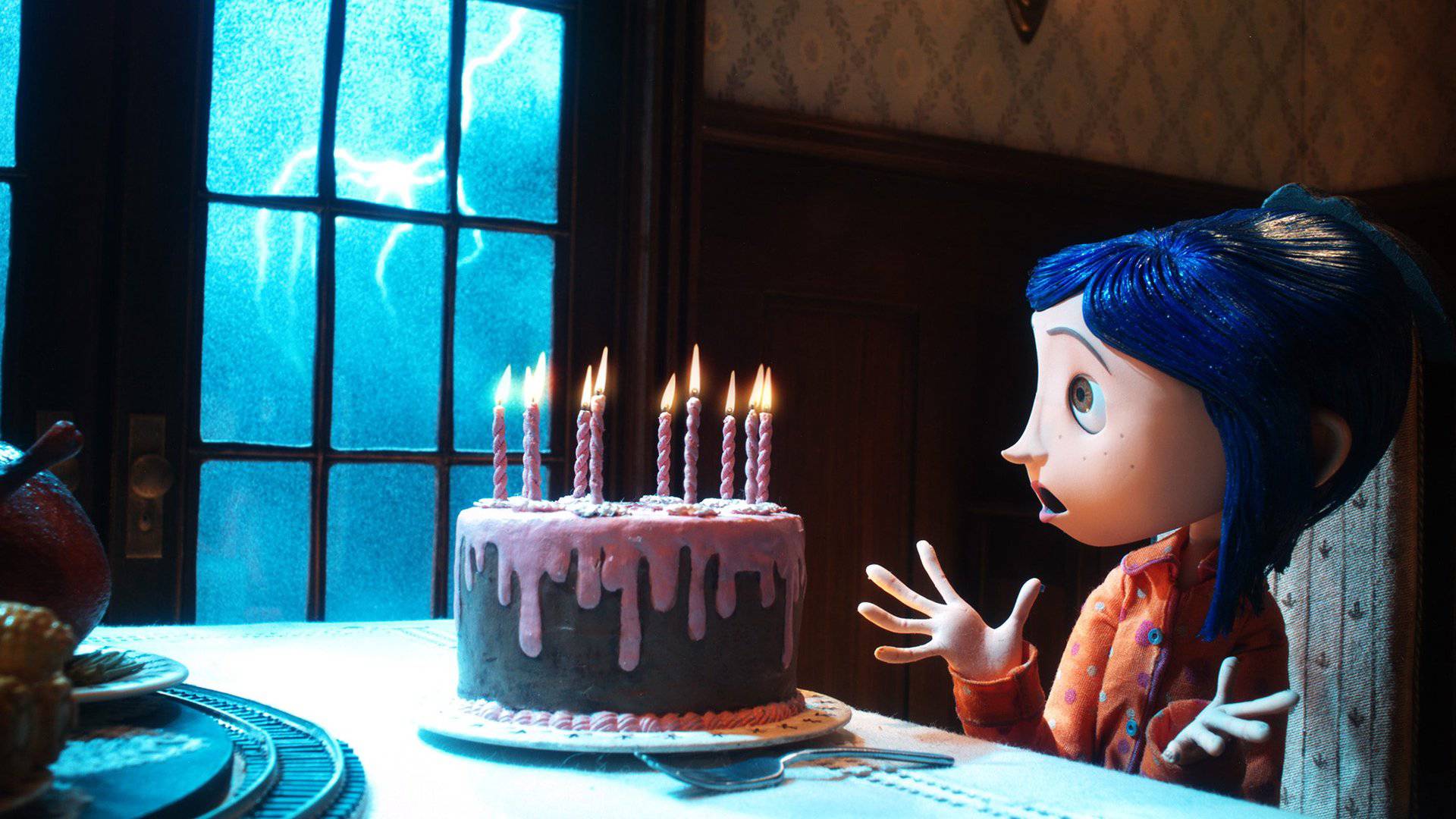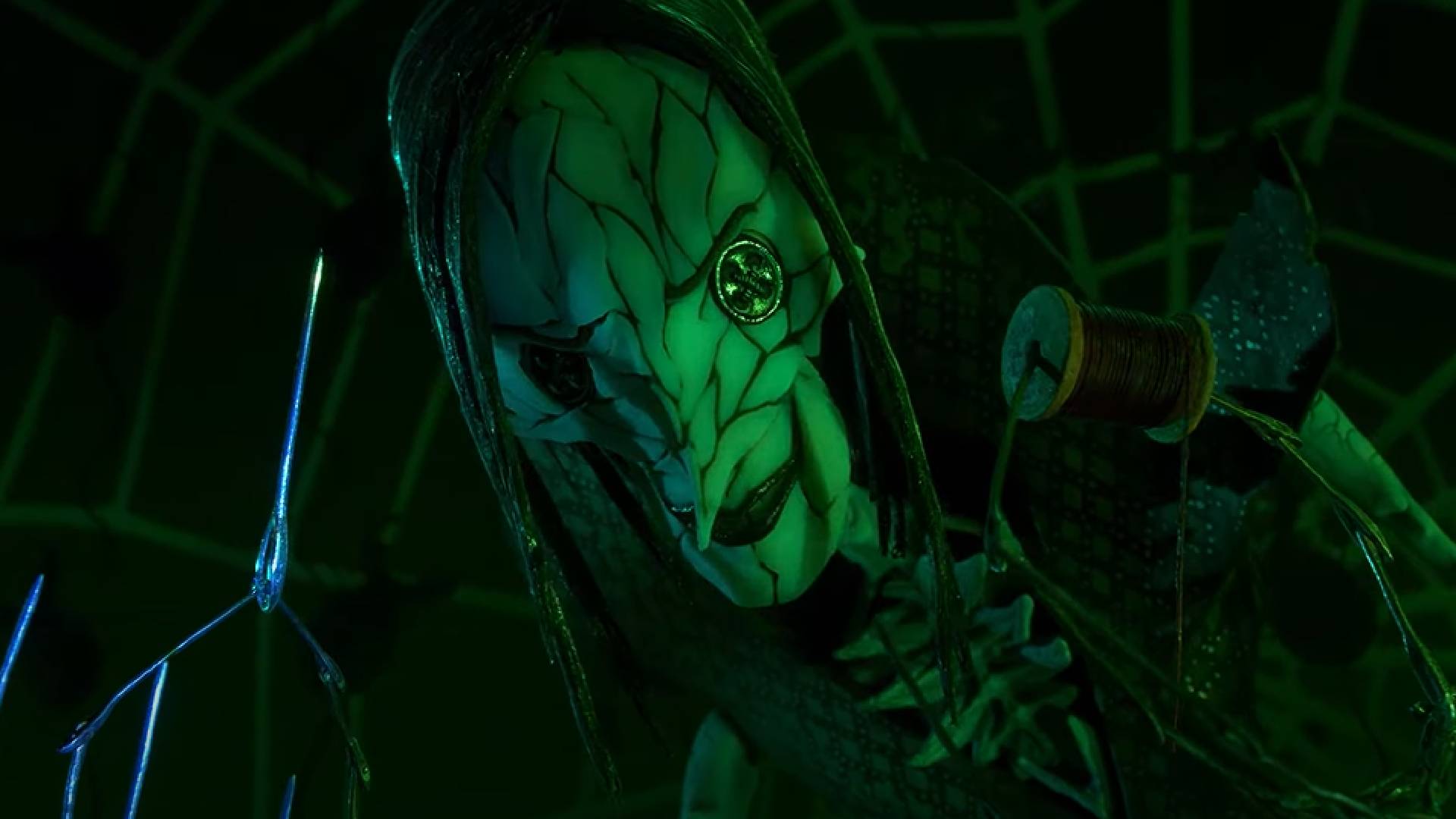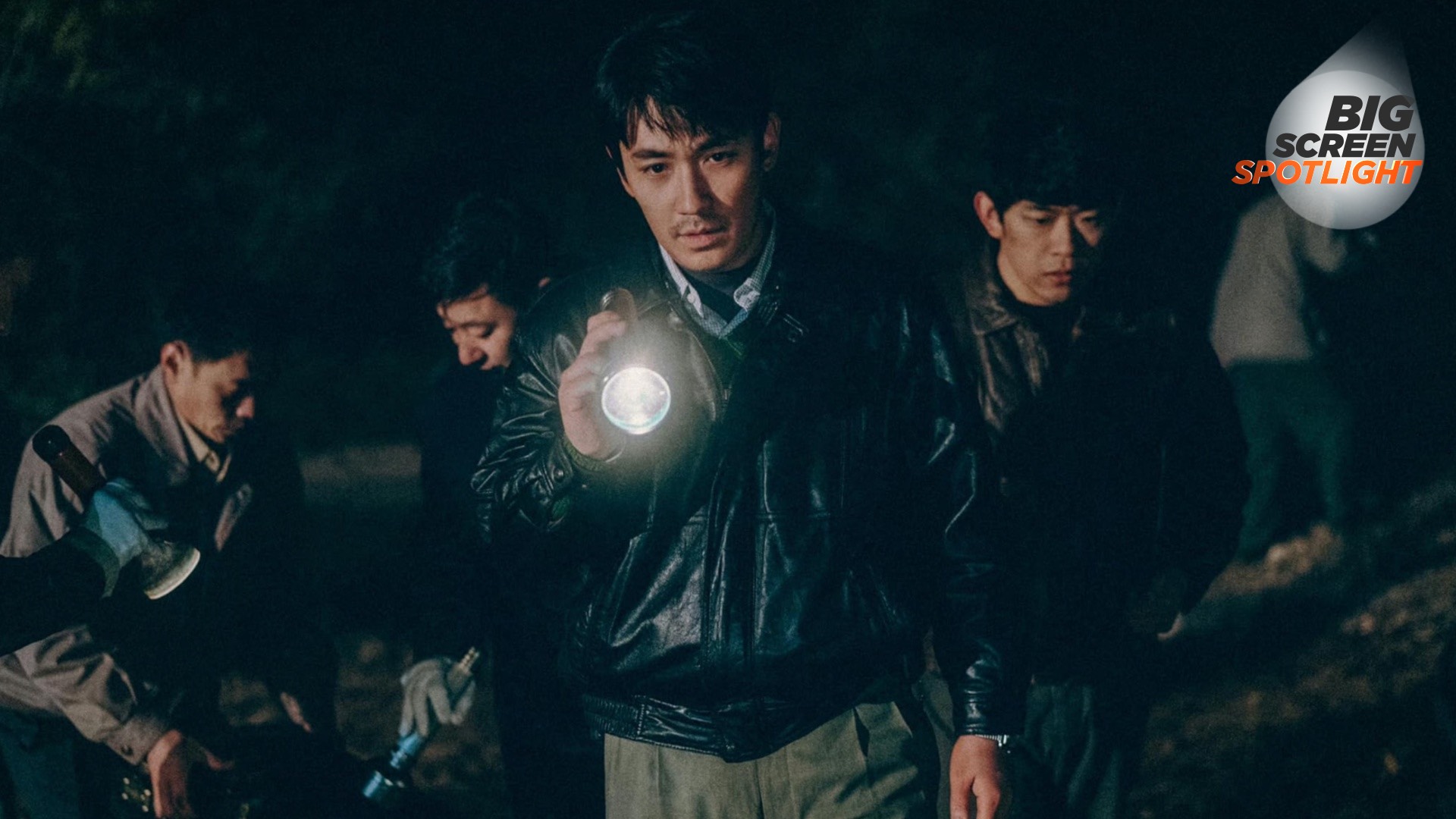
As Laika rereleases Coraline in 3D for its 15th anniversary, it's time to look back at the most memorable component of the movie and the thing that has stuck with viewers and kept us up for the past decade-and-a-half. That's right, I’m talking about the Other Mother.
Shining a light on the under-the-radar theatrical releases that you need to know about, with a new article every Friday
Released in 2009, the movie follows an 11-year-old who walks through a secret door in her new home and discovers an alternate version of her life, which, on the surface, seems perfect. That is until her Other Mother reveals her true motives, turns into a terrifying demon, and tries to snatch Corlaine’s soul by sewing buttons into her eyes. Pretty scary, right?
But it's not just unnerving for kids, as 15 years on this film still freaks me out, and that’s mostly down to the Other Mother. However, her role in the movie is more than just a monster. As director Henry Selick and star Teri Hatcher, who voices all variations of Coraline's mother, explain in an interview with GamesRadar+, she is actually more human than we realize.
The root of her evil

Before we dive into what inspired Selick to craft the Other Mother, we first need to look at what exactly makes our skin crawl when it comes to the doppelganger. The first is her appearance. At the start, she embodies everything about Coraline’s real mother, but in a better way – her hair is shinier, her makeup is done, and even her clothes are better. But there is something a little off about her, a certain uncanniness: her button eyes. "I wanted to be more obvious and start with a better version, in every way, than her real mother," explains Selick. "The only difference being button eyes. But I didn't want them to be horrific."
But before long the Other Mother transforms into the Beldam, a twisted and wiry woman who gets more frightening when Coraline refuses the buttons and demands to go back home. "When she first loses her anger and throws Coraline into that closet, she grows very tall and scary," says Selick. "But more like a fashion model, a seven-foot-tall fashion model, instead of revealing this hungry monster mother that she turns out to be." In the end, the Other Mother takes her final form resembling a spider, praying on Coraline as if she were a fly caught in her web.
Another factor is, of course, her very relatable victim. Coraline is a defiant young girl seeking a better life for herself after she moves to a new town where she has no friends with her parents who pay little attention to her. So when she enters the other world and finds parents who dote on her and let her make her own rules, she is sold. As Selick describes her, Coraline is "who we all want to be, unique, comfortable in our own skins, not trying to necessarily be like someone else." The fact that we as an audience can so easily put ourselves into her shoes makes what happens to her all the more chilling.
The inspiration behind The Bedlam

Despite the Other Mother being remembered mostly for her appearance, Selick says, "There's a lot of inspiration that comes from the vocal work." Hatcher, who, in a Jekyll and Hyde-type way, voices Coraline’s real mother, her Other Mother, and the Beldam, says she didn't look to horror villains or monsters for vocal inspiration, but somewhere close to home.
"The real mom, Mel, came from a place that I think lots of moms find very relatable, which is that it's exhaustive and frustrating, and you can really run out of patience at times," says Hatcher. The goal then was to flip that round to create an alluring Other Mother that Coraline would have no choice but to fall for. "I loved finding the sort of opposite with that, which was just somebody that's so light and full of perfection and mannered and controlled because she feels that nothing is going to shift out the way she wants things to be."
The mask slips in the end, though, and the Beldam’s true colors show when she screams at Coraline and attacks her whilst in her new demonic form. "Henry guided me to work on different levels of rage, desperation, disappointment, pain, and survival," Hatcher explains, "that would allow him, in editing, to figure out how far he wanted to go with that visual."
More human than not

However, as horrific and otherworldly as the Other Mother may seem, the director says she is more human than she appears. "It was always a mix at the end of, it's a monster, but an emotional monster that is feeling abandoned," explains Selick. "It’s the loss of love, but also the loss of sustenance and survivability."
This Other Mother being driven by emotion rather than pure evil makes Coraline’s escape in the end even more of a miracle, as it is clear the Beldam would have done anything to keep her in the other world. "It really was about survival and disappointment," Hatcher explains in relation to the Beldam’s final moments. "The truth for her was, if I don't get you to do this, I'm not going to survive. And when people are pushed to their own limits of where you're really facing survival or not or extinction, that just naturally elevates the urgency and the stakes."

When Coraline realizes the Other Mother is never going to let her go, she throws a cat at the Beldam’s face, which tears off her button eyes leaving her blind and screaming, "Don’t leave me, don't leave me, I’ll die without you." At this moment it is clear that the Beldam is in full fight or flight mode and in complete desperation. Her persona has completely gone and she is begging for Coraline to stay. "You'll hear cracks in my voice, and some of those are coming from pain," adds Hatcher. "They're coming from, how is it possible that you don't love me enough to do this? You know, that's real desperation."
In this respect, we can see that the scariest part of the Other Mother is not the fact she is some kind of shapeshifting entity or that she likes to sew buttons into children’s eyes, albeit that is pretty creepy. It's that she has humanity in her that we all can recognize.
Coraline remastered in 3D hits theaters for a limited time from August 15, get tickets here. For more on Coraline, see our interview with Henry Selick on Coraline and The Nightmare Before Christmas reaching major anniversaries, or how Selick hides Jack Skellington in every film he makes.
For more on what to watch, check out the rest of our Big Screen Spotlight series.







